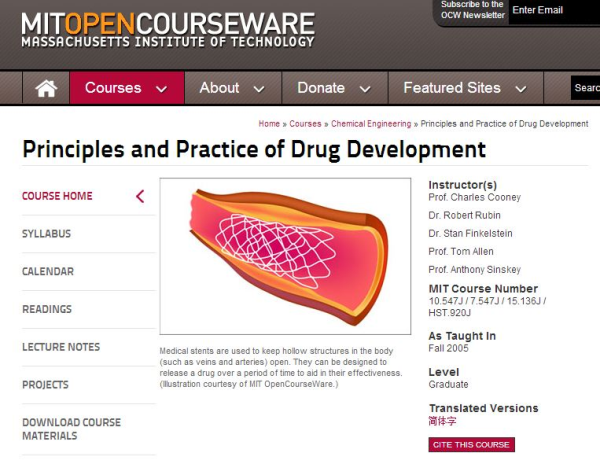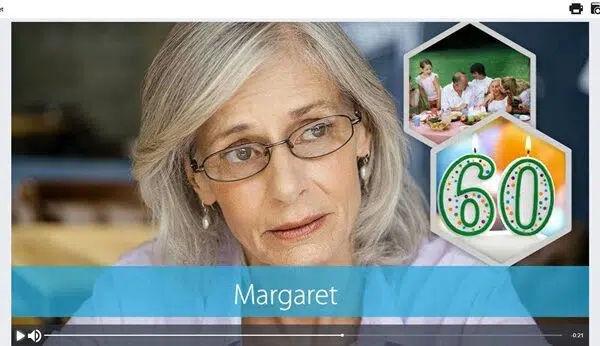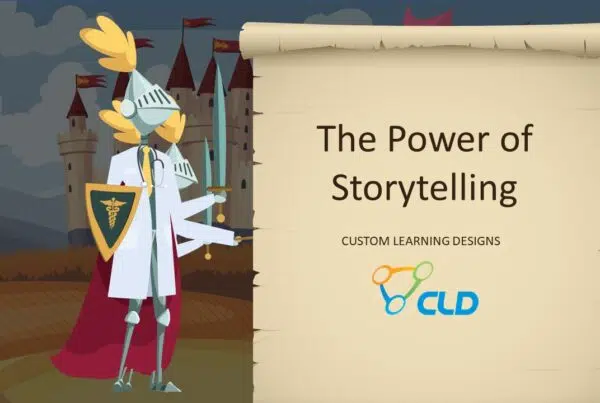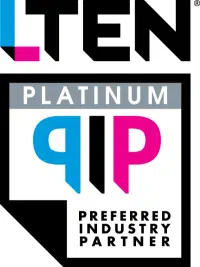What can training professionals learn from Khan Academy and MIT OpenCourseWare? Khan Academy is a non-profit organization that offers over 3,800 videos free of charge on many different topics, such as math, physics, finance, and history. Similarly, MIT OpenCourseWare offers over 2,000 courses through documents, audio, and video on any subject from Genomics and Computational Biology to Composing for a Jazz Orchestra. Many success stories have followed, showing just what can be learned in a self-study environment. Topics once considered only the domain of the classroom can now be learned on your couch while in your pajamas. Below is an example of a Khan Academy lesson on types of immune responses:
The real breakthrough came when some instructors started assigning the lectures for homework. Then, in the classroom, they began going through the typical homework exercise questions to help reinforce the information students had learned on their own in the lectures. Students preferred watching the lectures at home because they could easily pause or repeat sections that they found challenging, allowing them to learn at their own pace. Students also valued doing the typical homework questions in the classroom while they had access to the instructor who could assist them when they needed help. The Life Sciences industries can learn from academia and flip their classrooms as well, allowing the heavy training to be done during self-study time.
Pharmaceutical, medical device, and diagnostic companies have all been trying to find ways to minimize sales rep related travel and make the most of live workshops. The best organizations are embracing the lessons learned from flipping the classroom and have begun to flip their workshops. The learners complete the self-study at home, which includes medical and marketing topics that once took up precious workshop time. Workshops can now be shorter and more targeted. They can be completely dedicated to applying skills to areas such as messaging, handling provider objections, or district strategies.
(Image credit:knewton.com)
Similarly, even the virtual classroom can be flipped. Too often virtual classroom training, or VCT, consists of a long series of PowerPoint slides with the instructors droning on. Instead, try recording your lecture and allow the learners to complete the lecture on their own. In the time typically set aside for the VCT, hold a lively virtual discussion that helps people digest the lecture and discuss how they can apply it to their work. Working in virtual breakout rooms, have the learners set goals on what they will do in the coming week to apply their new knowledge. The discussion and the goal setting will ultimately improve learning retention.






